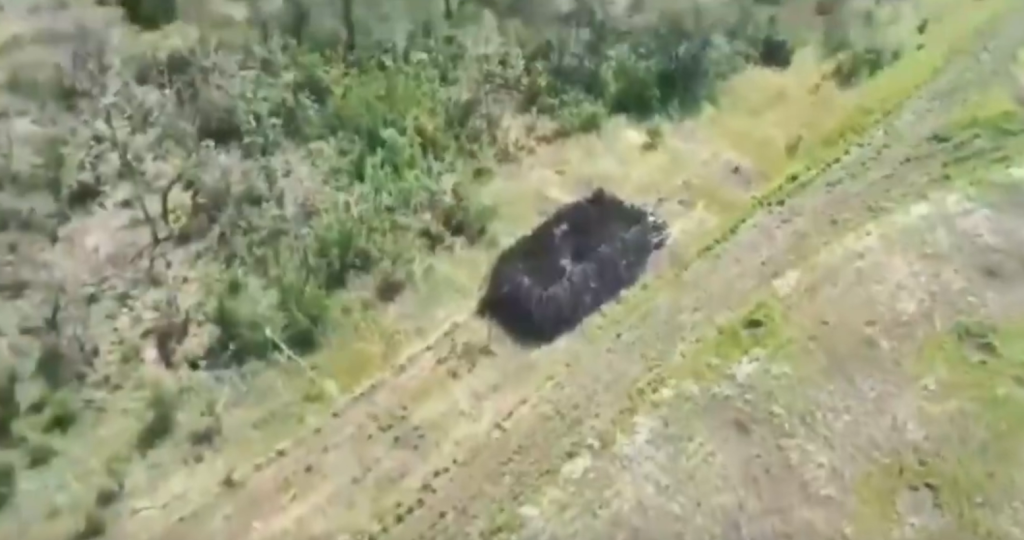Its sheer size and absurd appearance earned it its nickname.
Others are reading now
Its sheer size and absurd appearance earned it its nickname.
Ukrainians Destroy Russia’s ‘Armored Mammoth’
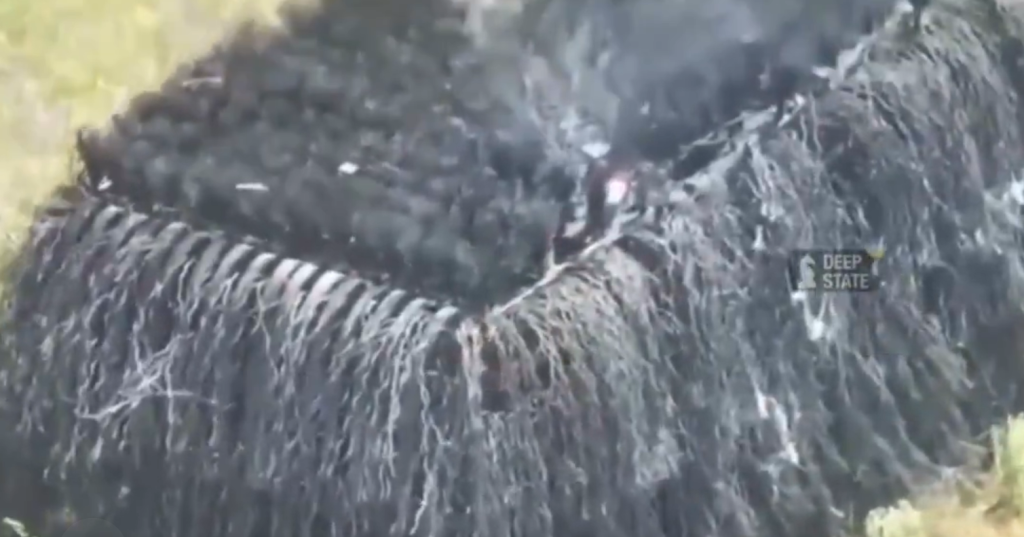
Ukrainian forces reportedly destroyed a massive Russian tank dubbed the “armored mammoth” near Toretsk, using an estimated 60 FPV drones.
The strange-looking machine was part tank, part scrap heap, and fully terrifying… until it wasn’t.
What Is an ‘Armored Mammoth’?
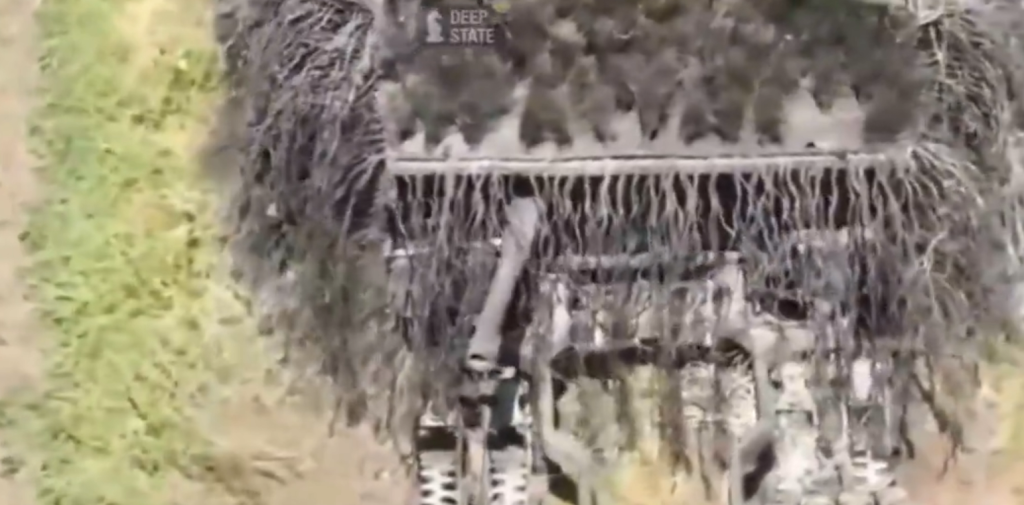
The vehicle was a heavily modified Russian tank clad in layers of scrap metal and draped with fabric.
Designed to mimic a woolly mammoth and distort thermal imaging, it was a makeshift attempt to outsmart Ukraine’s drone warfare tactics.
Also read
Its sheer size and absurd appearance earned it its nickname.
The Attack: Dozens of Drones, One Giant Target
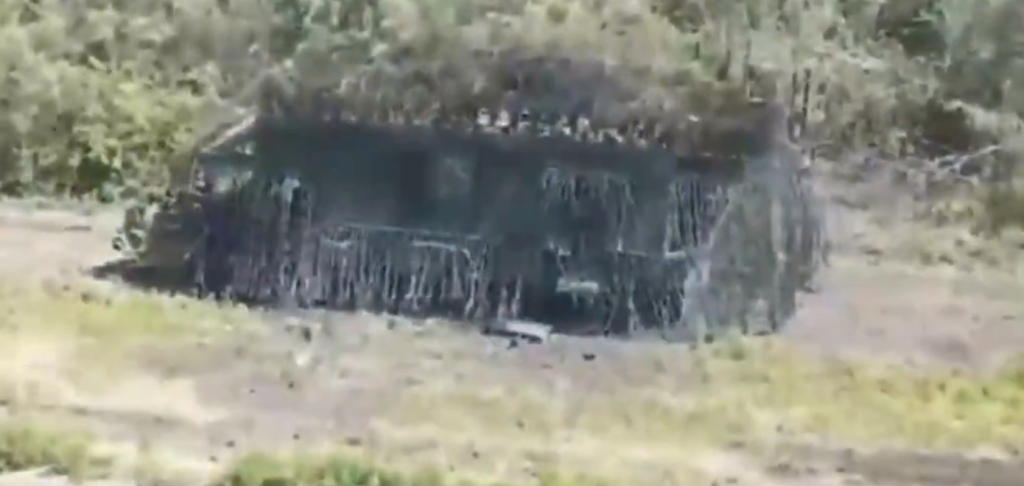
Ukrainian soldiers from the 28th Mechanized Brigade launched a swarm of FPV (first-person view) drones at the tank.
These small, camera-guided drones carry lightweight warheads and require precision hits, unlike traditional anti-tank missiles.
Although around 60 drones were reportedly used, not all hits were captured on video.
Why Russia Is Reinventing Scrap Tanks
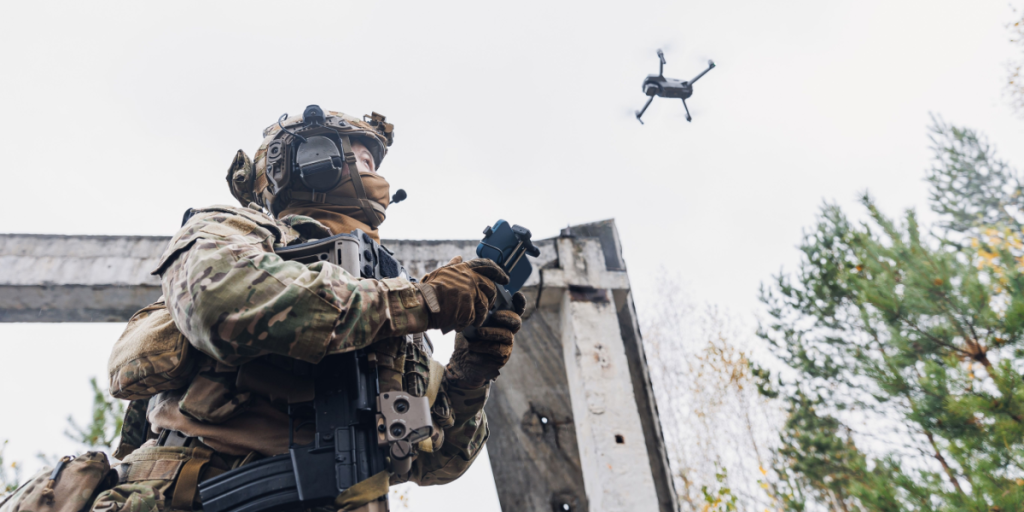
Russia has increasingly relied on older tanks, like the T-54, T-55, and T-62, as drone attacks make more modern armor vulnerable.
Also read
These retro vehicles are retrofitted with scrap metal armor in an attempt to survive the new era of low-cost, high-precision warfare.
Scrap Armor: More Shield Than Strategy?

These ad-hoc defenses consist of makeshift metal cages, often mounted a meter away from the vehicle’s real armor.
The goal is to absorb or deflect the blast from shaped charges, such as PG-7VL grenades, before they strike the tank directly.
It’s crude, but sometimes effective.
A Camouflage That Doesn’t Quite Work
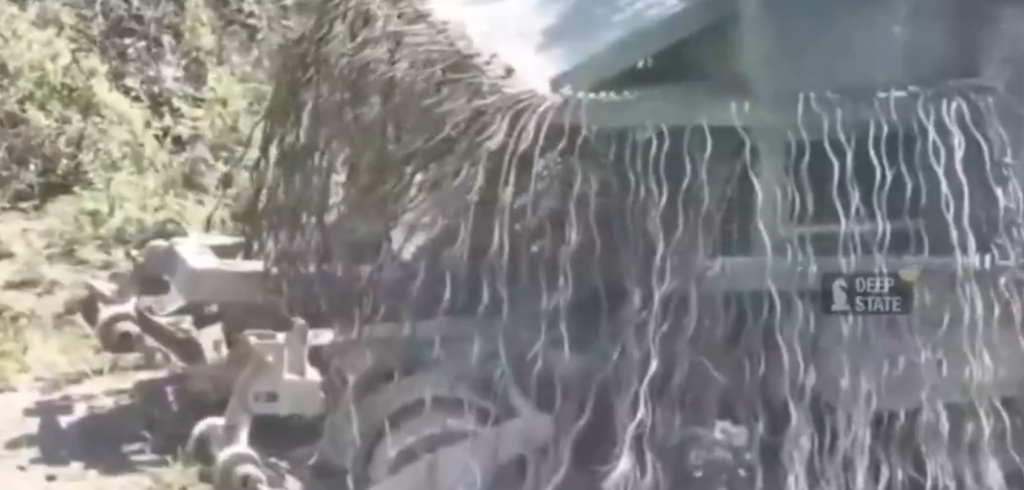
The mammoth tank’s dark, fabric-wrapped body may have been designed to mask its heat signature, but it backfired. Its black material absorbed heat and stood out against the green Ukrainian landscape.
Also read
The extra plating makes these Frankenstein tanks enormous and unwieldy. Their already outdated engines struggle under the added weight, making them slow and less maneuverable on the battlefield
From Canopies to Chaos: Russia’s Evolving Drone Defense
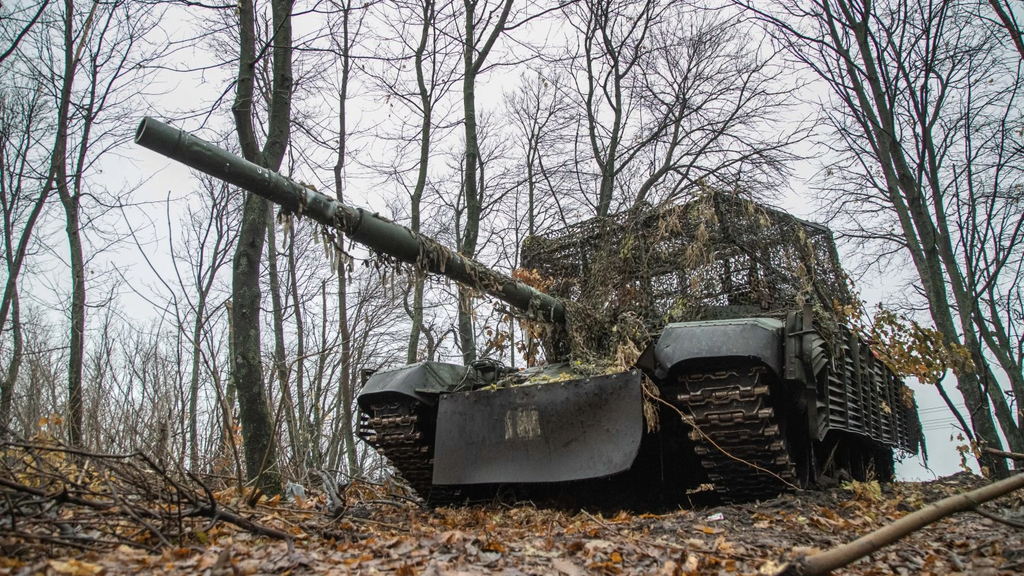
At first, Russia responded to FPV drone threats with simple countermeasures—like metal canopies and electronic jammers.
But fiber-optic drones and more sophisticated Ukrainian tactics have rendered many of those solutions obsolete, prompting this new era of DIY tank armor.

